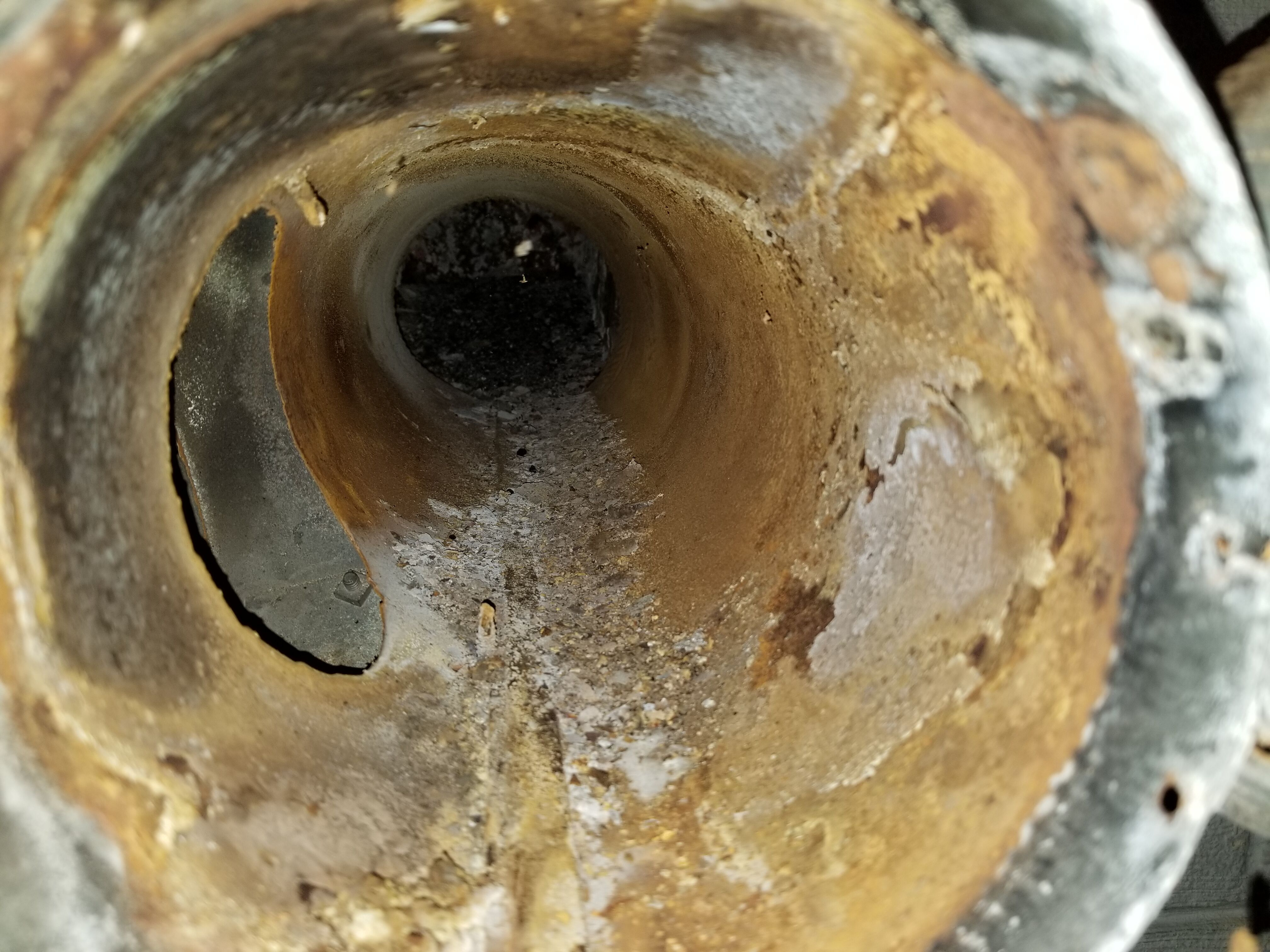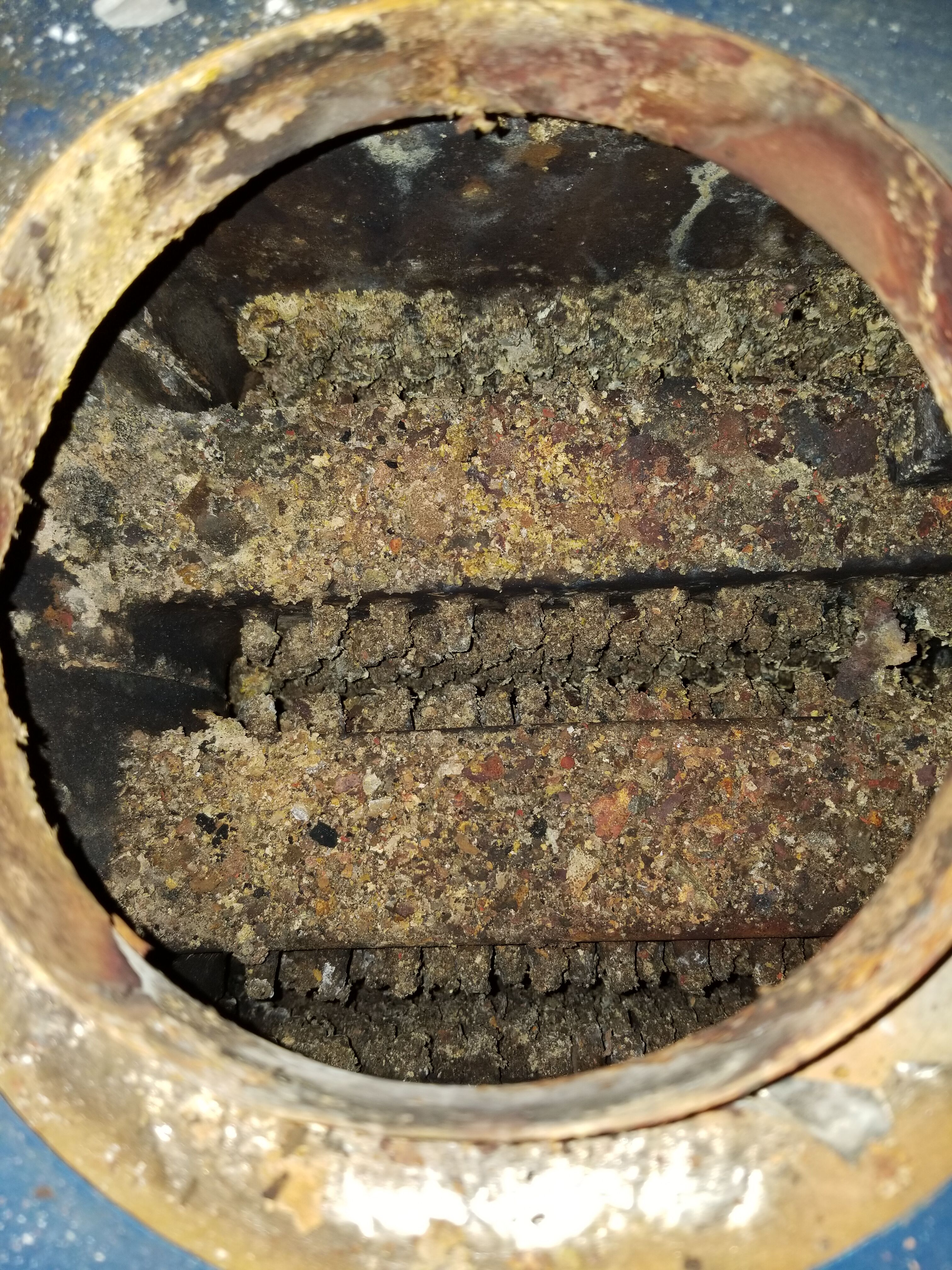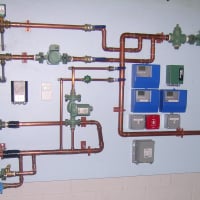Welcome! Here are the website rules, as well as some tips for using this forum.
Need to contact us? Visit https://heatinghelp.com/contact-us/.
Click here to Find a Contractor in your area.
Radiant heat in 1950s home - unable to get answer from HVAC people
Options
eaw28376
Member Posts: 3








So, we're buying a home built in 1950s. The listing says it has radiant heat. On HVAC inspection lots of problems came up. First: who do I need to contact to get a quality and knowledgeable person to look at existing radiant heat system? Oil fueled boiler was leaking and rusted. I worry that that's a indication that the pipes in concrete slabs in ceilings are going to be in similarly crummy shape. How do you inspect the pipes if they're in the ceiling in concrete? Who do I need to get out to look at the system? HVAC inspector is recommending we do heat pump in newer addition den with existing ductwork, heatpump for upstairs using existing ductwork, but saying we need to do a ductless mini split for kitchen and living room as the existing radiant heat system would make running ductwork cost prohibitive and extremely complicated and invasive process.
Do I need a plumber to check the existing pipes? (No clue what they're made of, but it's the original 1950s system, so likely something not recommended these days) Do I need to pull the radiant heat pipes out? What type of person do I need to get in there to learn more? Infrared scanner apparently only showed heat tubing working for second floor.
Advice welcome. Who in the Richmond, VA area can anyone recommend who'd know about a concrete slab radiant system? Is it salvageable or do we need to move to heat pump? How do I find out where the tubes are located in order to run ductwork if that's the route we choose to go? Any other considerations for ensuring pipes don't leak or cause issues if we "abandon" the radiant heat system?
0
Comments
-
You have concrete ceilings?
Or are you referring to concrete floors?0 -
If there are any issues with the floor, then it's time to look at other options.Bob Boan
You can choose to do what you want, but you cannot choose the consequences.0 -
That boiler also looks aged and nasty. I'd recommend that you deduct the cost of HVAC equipment replacement from your bid for the house.Bob Boan
You can choose to do what you want, but you cannot choose the consequences.0 -
I'm new to all of the terminology, so I apologize if I worded it incorrectly. We have radiant heat piping in concrete slabs in the ceiling. Floors are hardwood and ceilings are drywall or I'm not sure what, just regular ceilings. The radiant heat tubes are in concrete in the ceiling and covered with ceiling materialsJUGHNE said:You have concrete ceilings?
Or are you referring to concrete floors?0 -
That's the direction we are leaning. We would be fine with radiant heat (replacing the boiler and repairing a few things), but given the condition of literally every other part of the system we're sort of assuming the pipes aren't in the best repair. That's why we're leaning towards removing boiler, abandoning and closing up radiant heat system (but leaving it in place, can't afford to start ripping out ceilings) and move to a forced air systemIronman said:That boiler also looks aged and nasty. I'd recommend that you deduct the cost of HVAC equipment replacement from your bid for the house.
0 -
If you had any thoughts of keeping the radiant...
That boiler is condensing rather bad, but I don't see it rusting.
I'd recommend a serious cleaning by a competent tech who's also going to get in and clean the heat exchanger & the combustion chamber. Make sure it's firing at the manufacturer's recommended rate.
Then you'll need either a control strategy and/or maybe a buffer tank to eliminate the short cycling.
Either way if you are re-using the chimney a chimney inspection to see if the condensing did any damage.
If you change equipment, of course a proper heat loss to properly size the equipment.steve1 -
That damage to the smoke pipe is from flue gas condensation. It is very acidic. That could be from the water temperature in the boiler running too low. It happens in radiant systems when they aren't properly designed and or maintained. Because the radiant is in a ceiling, finding leaks will be easy. The ceiling will drip. If you have no signs of drips with the radiant running then it is a leak free system. To find out the condition of the copper pipes in the radiant system just look for repairs or signs of repairs. Look for patches in the ceiling. Couplings in the pipes about a foot apart can be signs of repair. Look at the condition of the ceiling. Does it look original? or is it brand new? The older the finish looks the better. That means no recent repairs. Brand new finished ceilings would be a red flag. What is on top of the new ceiling? I would ask myself.
If the ceilings are good, I would definitely keep the radiant ceiling. Just because everything in the boiler room is in bad condition doesn't mean the radiant ceilings are damaged or a problem. I might have the boiler replaced and a new boiler, radiant piping and controls installed in the boiler room, by a good radiant expert. You will find that radiant system to be very comfortable and energy efficient when done right.I am the walking Deadman
Hydronics Designer
Hydronics is the most comfortable and energy efficient HVAC system.0
Categories
- All Categories
- 85.2K THE MAIN WALL
- 3.1K A-C, Heat Pumps & Refrigeration
- 55 Biomass
- 424 Carbon Monoxide Awareness
- 73 Chimneys & Flues
- 1.9K Domestic Hot Water
- 5.2K Gas Heating
- 130 Geothermal
- 160 Indoor-Air Quality
- 3.3K Oil Heating
- 61 Pipe Deterioration
- 885 Plumbing
- 5.9K Radiant Heating
- 376 Solar
- 14.7K Strictly Steam
- 3.2K Thermostats and Controls
- 59 Water Quality
- 49 Industry Classes
- 89 Job Opportunities
- 28 Recall Announcements


